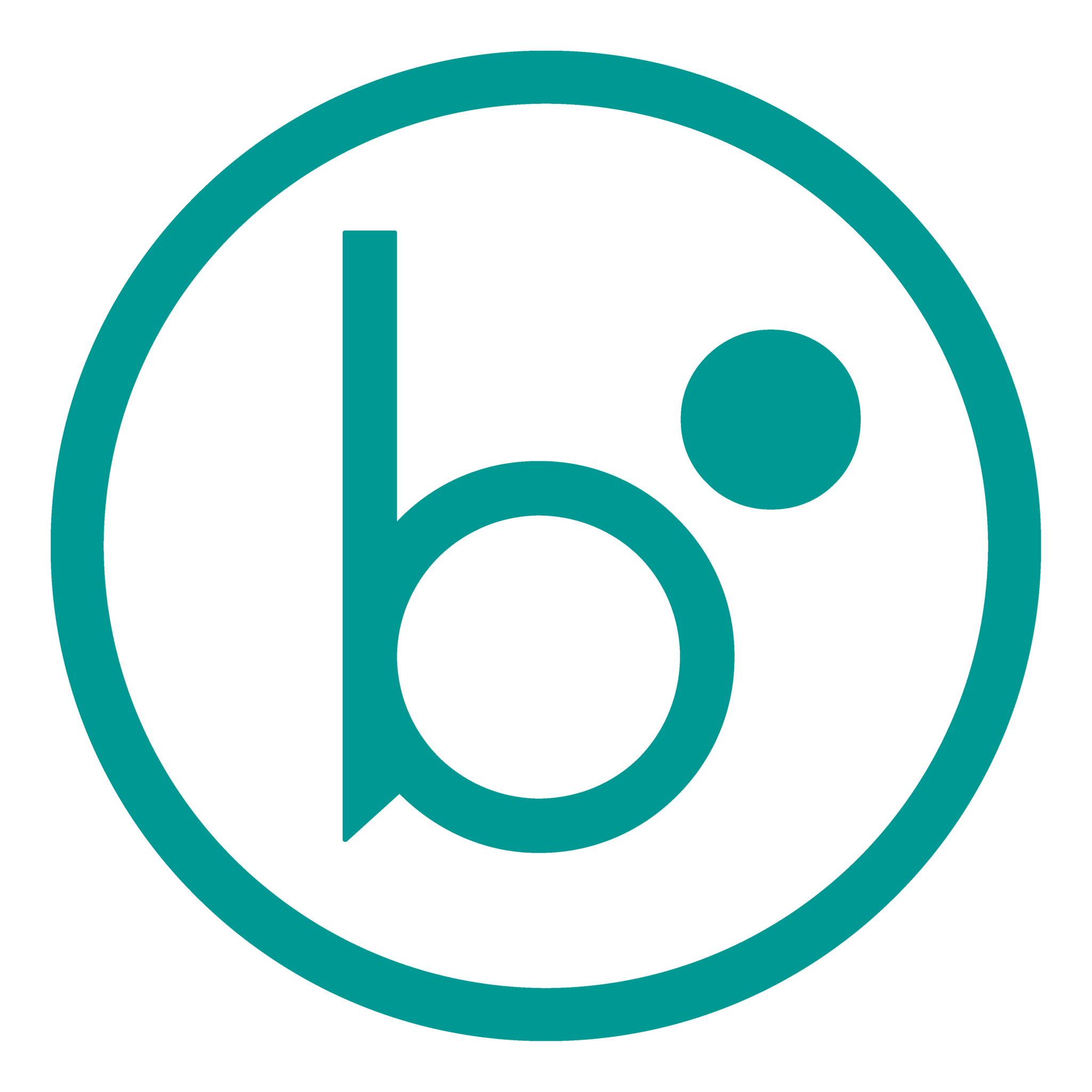
Vented baby bottles are bad for babies
Traditional baby bottles are those with air-vents, vents, or “vented technology.” A vent is a one-way valve to allow a constant air stream to enter the container as milk is removed via baby suction. A closed container, like a baby bottle, will build a negative vacuum force when babies feed. After a while, air will have to enter the container to replace the space no longer occupied by milk. Typically a baby bottle without a vent will counter the negative vacuum buildup by pulling anything through a given orifice, the nipple orifice, in this case. While the baby is feeding, this vacuum built up will “suck in” fluids in the baby’s mouth, extending to ears, throat, and nose. This is the reason why babies get ear infections and induced spit-up.
The nipple, as it’s the softest part of the bottle, collapses inwards, causing the baby to release it. Air quickly enters through the nipple orifice creating foam when mixing with the milk. Newborn or young babies stop the suction to breathe, then, the air enters through the nipple hole. Baby bottles have solved their problem by adding air-vents, effectively preventing negative vacuum build-up. However, the constant air infiltration mixes with the milk cause air-swallowing while feeding.
Bag-bottles infiltrate and retain air
Baby bottles with bags or bag-bottles face the same physics laws as described above. Except, the plastic or silicone bag is the softest part of the bottle and will collapse upon suction. However, when babies stop the suction to breathe, the plastic or silicone will reshape and suck fluids in the baby’s mouth or air if available. Every time these bottles are held right side up, gravity pulls the contents to the bottom and more air goes in, which mixes with the milk causing air-swallowing while feeding.
Horizontal feeding induces regurgitation
Both of these kinds of bottles work with gravity, which means, they feed while turned upside down only. In order to feed a baby with a gravity-induced container, the baby needs to be below it. A horizontal or laid-down position is very common with these bottles. Horizontal position while feeding induces regurgitation and exacerbates acid reflux.
Traditional Baby bottles disrupt breastfeeding
A container held upside down with an open orifice on its end results in effortless dripping, AKA easy-feeding, or free-feeding. This, coupled with the odd, long nipple shapes, abruptly and permanently disrupt the breastfeeding relationship.
